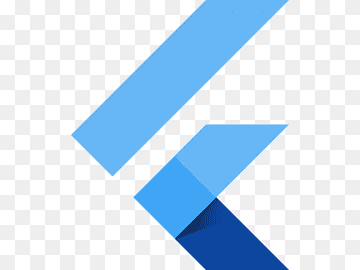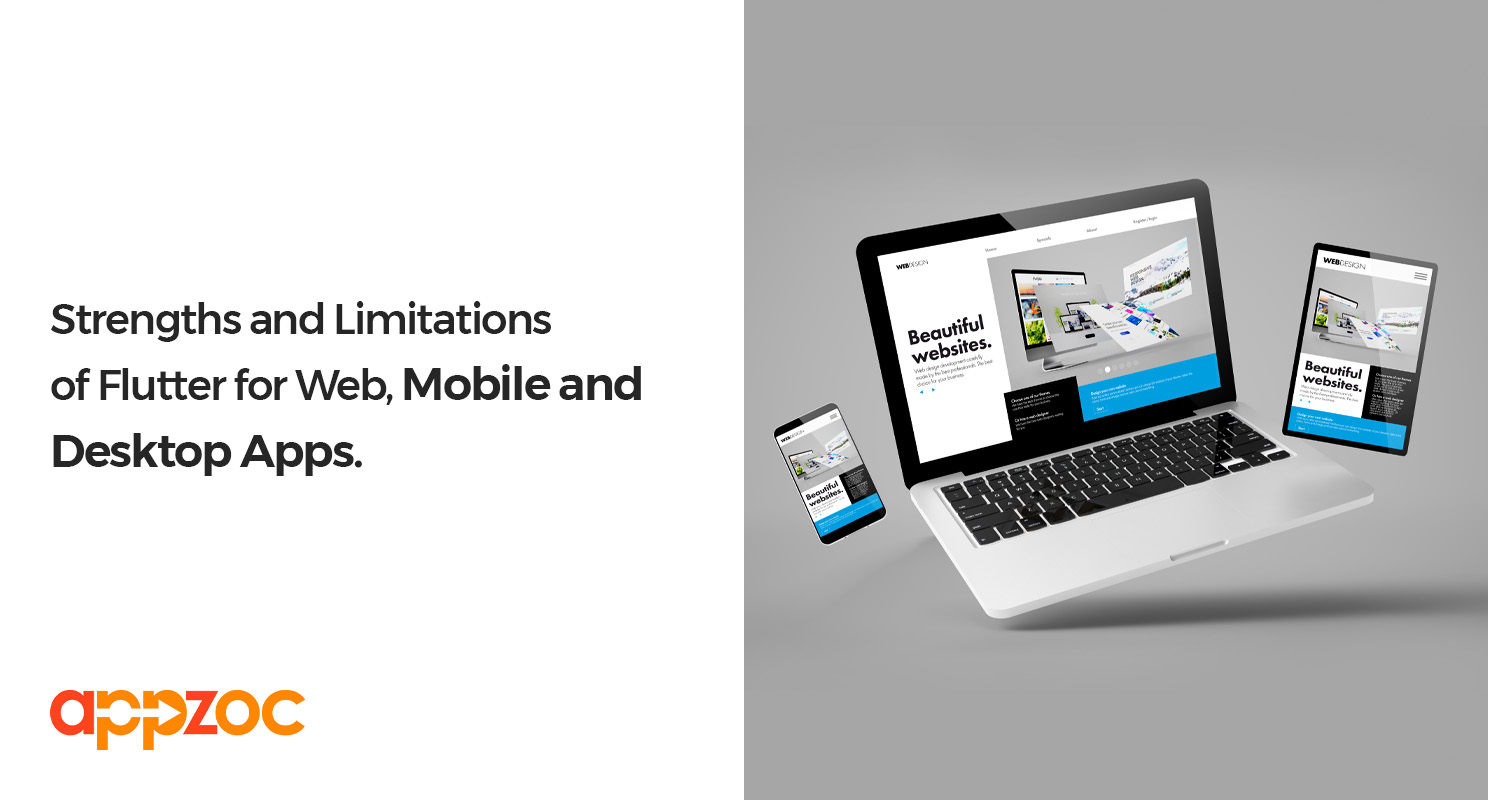
Flutter
Make the most of this cutting-edge technology by developing apps quickly! Our Flutter solutions have amazing features that can be used to create sleek, high-performance apps that can scale seamlessly across platforms.

Flutter is an open-source app development framework created by Google that enables developers to build high-performance, visually appealing mobile, web, and desktop apps from a single codebase. First introduced in 2017, Flutter has gained wide adoption among developers thanks to its cross-platform capabilities, fast development cycles, and rich, customizable widgets.
As more brands aim to deliver streamlined experiences across platforms and devices, Flutter has emerged as an ideal development toolkit to build such cross-platform apps efficiently. Let us look at some major strengths and limitations of Flutter to consider as you evaluate options for your next app project.
Here are some of the key advantages Flutter offers over other app development frameworks:
Cross-Platform Support
Flutter allows engineering teams to reuse nearly 100% of the existing business logic and UI code to publish apps across iOS, Android, and the web from one codebase. This significantly reduces time, effort, and cost compared to native language alternatives. Apps built with Flutter also enable code sharing with desktop platforms by integrating plugins like Flutter Desktop for Windows, macOS and Linux support.
Flutter’s layered architecture and unique approach to widgets make it easy to construct visual-rich UIs. Developers can customize everything from fonts to shadows and animations or use pre-built Material Design and Cupertino widgets to create consistent experiences. The composable architecture also enables making UI changes quickly without rebuild delays.
Excellent Performance
Flutter apps deliver smooth UIs with a native look and feel as everything including rendering and gestures happen through native OS SDKs instead of OEM webviews. Features like reactive-style programming, async/await support, Dart compile-time checks further optimize app performance. Tests show Flutter apps can achieve up to 120 frames per second scroll rates surpassing React Native apps.
Flutter’s stateful hot reload feature accelerates iterative coding by allowing developers to experiment and view instant UI changes without restarting apps or losing state. This enables faster build-test cycles saving hours when building complicated apps.
Open Source with Great Documentation
While bringing several benefits to the table, some limitations remain in Flutter’s current iteration:
Despite strong cross-compatibility, Flutter still has gaps supporting device or OS-dependent features like Bluetooth, NFC sensors, augmented reality (AR) or advanced camera capabilities. Additional native plugin development is needed to enable such functionalities.
Flutter currently doesn’t harness graphic APIs and engines tailor-made for platforms like Unity or Unreal. So it isn’t ideal yet for developing high-performance 3D mobile games, although basic 2D games are supported.
Flutter can build great web apps focused on custom workflows or internal dashboards. But its web renderer relies on CanvasKit which may not be ideal for content sites demanding highest SEO quality or legacy browser compatibility.
While being production-ready, Flutter’s stable channel still witnesses frequent breaking changes between versions as Dart & framework features get updated. This can disrupt completion timelines for longer app projects.
Flutter deliberately concentrates more on client-side UI capabilities. So apps with complex back-end logic may require additional frameworks like Django, Rails, or Express.
Coming from other languages, Flutter’s declarative UI programming model and reactive-style can mean a trickier initial ramp up needing mastery of concepts like state management.
The Flutter engine’s reliance on the Skia graphics library and Dart intermediate representation results in comparably larger app sizes than native code. Average compressed Flutter app sizes can be twice as large vs native Android apps and up to four times larger than iOS counterparts.
While limitations do exist currently, Flutter continues to evolve swiftly as developers build amazing experiences leveraging its capabilities. For brands seeking high-productivity cross-platform development with stunning UI potential, Flutter delivers immense strategic value.
Conclusion
Also Read:::Flutter Advantages For Mobile App Development
As discussed, Flutter comes with fantastic strengths like compiling to native ARM code for high performance, hot reload functionality, customizable widgets and most importantly, the ability to publish for mobile, web and desktop from a single Dart codebase.
Limitations primarily stem from Flutter still being comparatively nascent compared to native platforms and hence gaps in supporting niche device capabilities or optimizing for minimal size remain. However, its rapid development iteration cycles and strong developer momentum promise to strengthen such aspects making Flutter a compulsory mobile app framework to learn in 2023
For projects not requiring complex 3D gaming experiences or absolute minimum size, Flutter enables brands to drive consistency by launching visually appealing, high-performance apps across iOS and Android without compromises. If you have concerns regarding specific native feature support or size constraints for your next initiative, consulting an expert Flutter development company can help determine the best options.